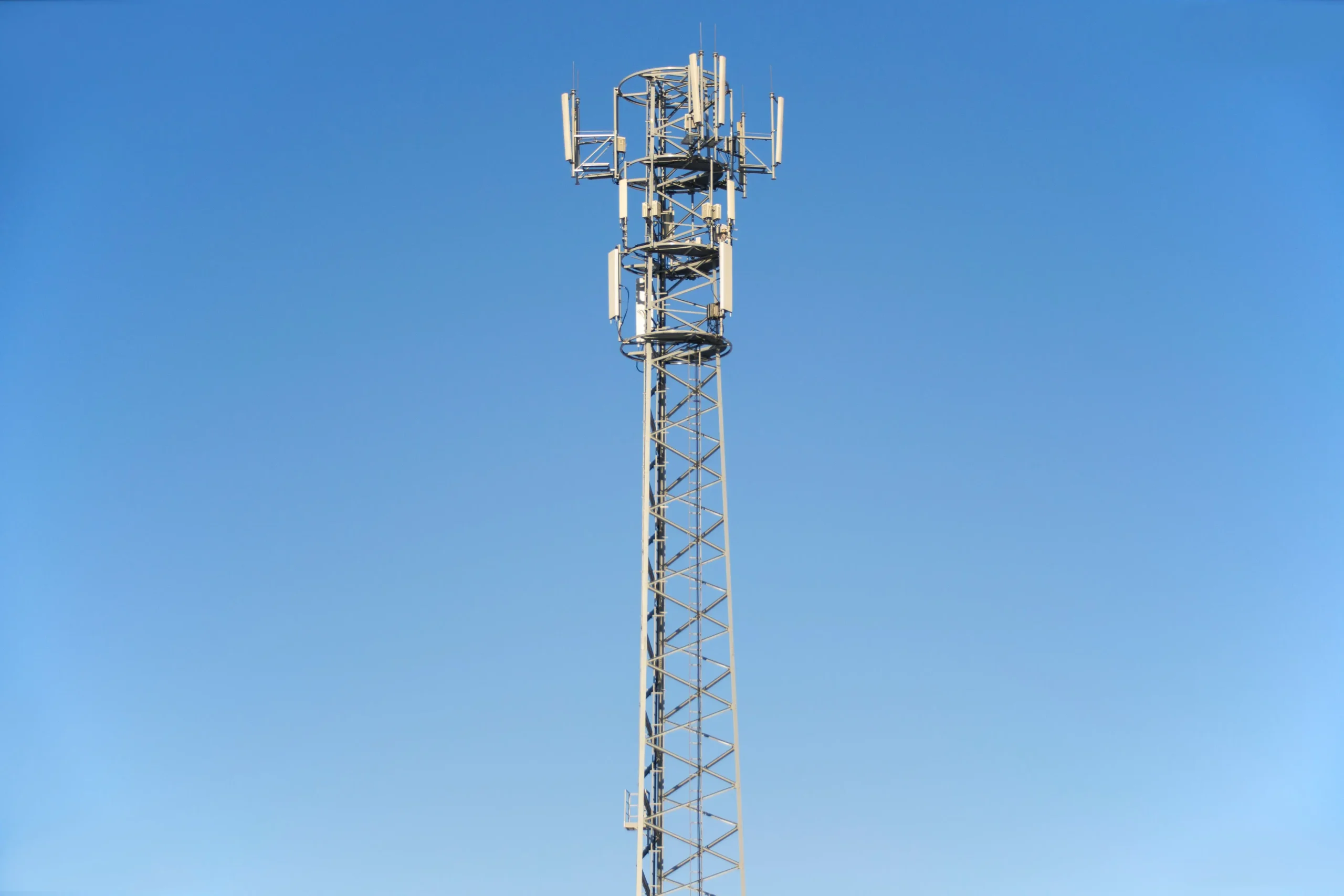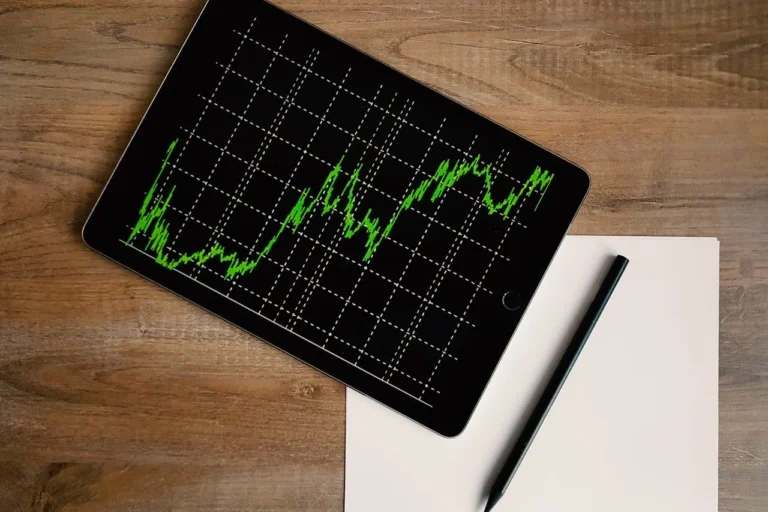
SoftBank Corp. (President & CEO: Junichi Miyakawa, “SoftBank”) announced it developed a new “Model for Predicting Direction of Radiowaves Arriving at Mobile Station” as part of its “HAPS Radiowave Propagation Prediction Method for Design of Systems,” which is necessary for the design of High Altitude Platform Station (HAPS) stratospheric-based wireless communication systems. The new model, which predicts the direction of radiowaves that arrive at devices such as smartphones (mobile stations) from HAPS in the stratosphere, was added as part of a revision to the International Telecommunication Union Radiocommunication Sector (ITU-R*1)’s “HAPS Radiowave Propagation Prediction Method” and published in Recommendation ITU-R P.1409-3.
The Model for Predicting Direction of Radiowaves Arriving at Mobile Station is expected to contribute significantly to the future expansion of the HAPS business ecosystem as it will enable HAPS operators to provide stable connectivity by efficiently utilizing antenna systems when deploying 5G and other types of wireless communication systems.
To operate HAPS-based networks as communications infrastructure, the accurate calculation of radiowave propagation from the stratosphere to the ground in various environments is essential, and the HAPS Radiowave Propagation Prediction Method makes calculations to meet these requirements. The method is chiefly comprised of the “HAPS Radiowave Propagation Prediction Method for Frequency Sharing and Compatibility Studies*2,” which is essential for regulating interference to neighboring countries and adjusting frequencies between other wireless communication systems, and the HAPS Radiowave Propagation Prediction Method for Design of Systems, an important prediction method that can be used for conducting detailed studies on the number of required HAPS and where they should be deployed when designing network coverage for HAPS wireless communication systems (Figure 1). The Model for Predicting Direction of Radiowaves Arriving at Mobile Station, now adopted as a global standard and part of the HAPS Radiowave Propagation Prediction Method for Design of Systems, estimates the direction and intensity of radiowaves from HAPS to mobile stations by factoring in the positional relationship (including elevation angles and azimuth angles) between HAPS and mobile stations, as well as their surrounding environments (such as the heights of surrounding buildings and road widths). The model can be utilized for efficient antenna design when deploying HAPS-based 5G and other types of wireless communications networks, and it can also predict multipath environments in urban and suburban areas as factored in by the “Human Shielding Loss Model,” which is part of the HAPS Radiowave Propagation Prediction Method for Design of Systems (Figure 2).
With these global standard achievements, operators around the world looking to offer commercial HAPS services will be able to apply these models to efficiently design HAPS-based wireless communications network systems. SoftBank will continue to promote global standardization activities for HAPS and engage regulatory authorities in various countries to help foster a HAPS ecosystem.


Source link:https://www.softbank.jp/





